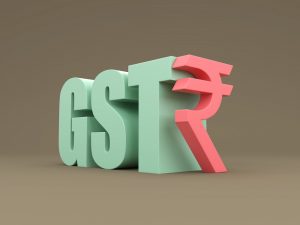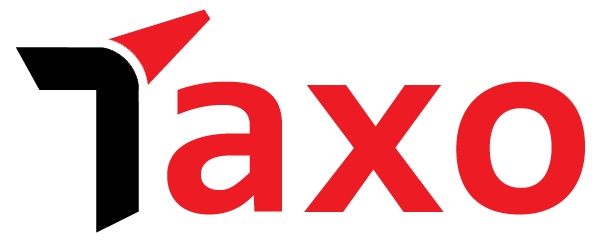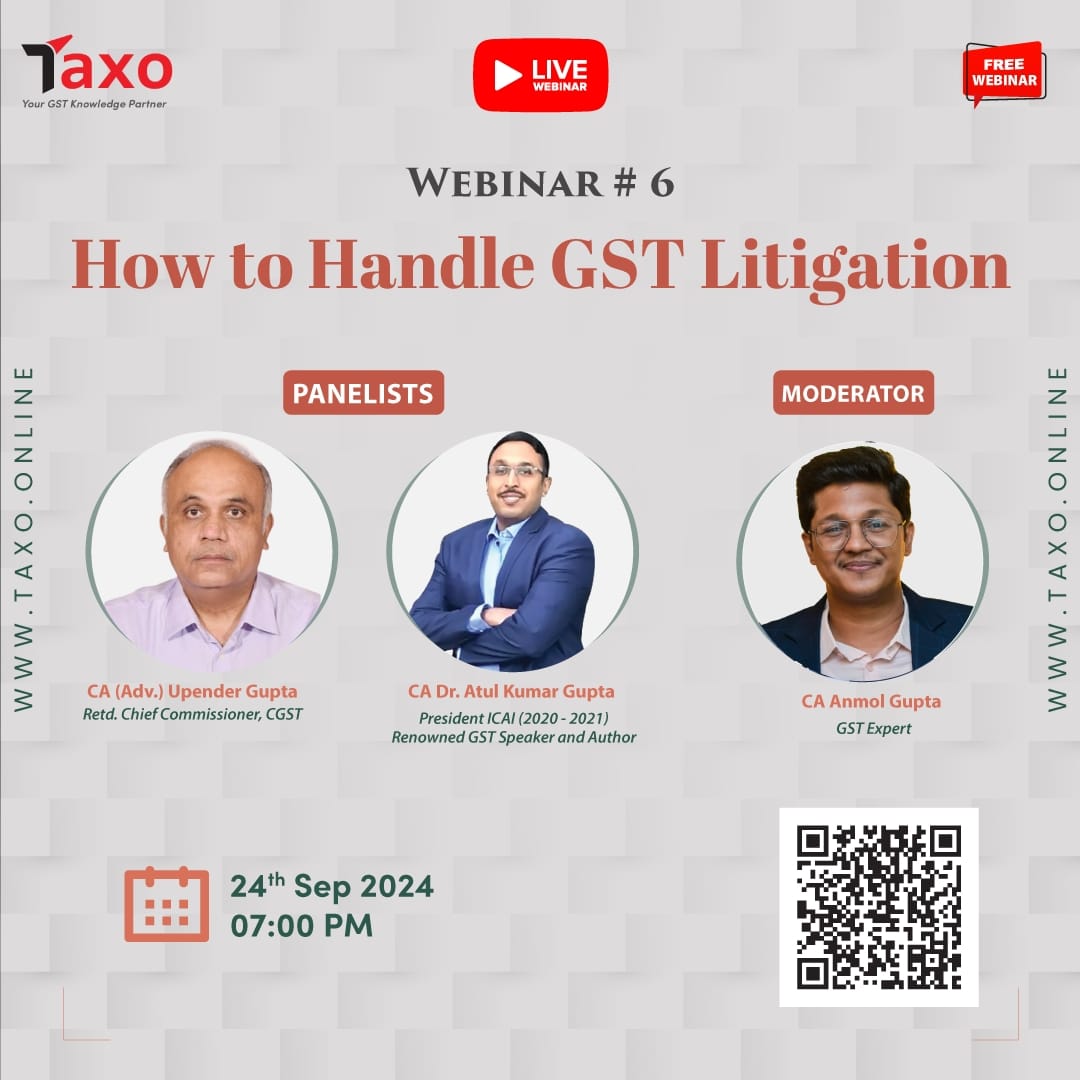 Some relief to the fertilizer companies is on the cards as the GST Council is likely to recommend issuance of a circular for releasing refunds due as a result of inverted duty structure and subsidy.
Some relief to the fertilizer companies is on the cards as the GST Council is likely to recommend issuance of a circular for releasing refunds due as a result of inverted duty structure and subsidy.
The Council is expected to meet after the general elections.
Inverted Duty Structure (IDS) refers to higher duty on input and lower duty on output. Fertilizer attracts five per cent GST while key inputs such as ammonia (used in the production of P&K fertilizer) and packaging material attract 18 per cent leading to inverted duty structure. Although the government gives subsidy both on urea and P&K types of fertilizers, there are different mechanisms for computation and that is the key reason for accumulation of input tax credit and resultant refund.
Subsidy policy
Urea is provided to the farmers at a statutorily notified Maximum Retail Price (MRP) of ₹242 (45kg bag and (exclusive of charges towards neem coating and taxes as applicable). The difference between the delivered cost of urea at farm gate and net market realisation by the urea units is given as subsidy to the urea manufacturer/importer by the government under Nutrient Based Subsidy Policy. For Phosphatic and Potassic (P&K) Fertilizers a fixed amount of subsidy, decided on annual/semi-annual basis, is provided depending on their nutrient content. Under this policy, MRP is fixed by fertilizer companies as per market dynamics at reasonable level which is monitored by the government.
The rate on GST on fertilizer products is 5 per cent. However, the rate of GST on inputs like ammonia and phosphoric acid is higher at 18 per cent. This results in accumulation of large amount of unutilised input tax credit which has cost attached to it. According to Fertiliser Association of India (FAI), under the GST regime, subsidy by the government is specifically excluded from the value of supply whereby the output GST is only on the market realisation (i.e. subsidised value) of the fertilizers. In addition to the lower rate of output GST rather than the GST rate on some of the inputs (including packing material), the output GST (in absolute value) payable is much lower than the input GST credit in case of P&K fertilizer, mainly due to the subsidy.
Legal disputes
So, ITC gets accumulated in the hands of fertilizer companies, on account of two reasons: value of outward supplies being lower than value of inward supplies due to subsidy for sale of fertilizers. Further, material used for re-packing the bulk fertilizers into smaller commercial quantities is taxable at higher GST rate. However, companies are not getting refunds and now the matter has reached courts.
Source: The Hindu Business Line


